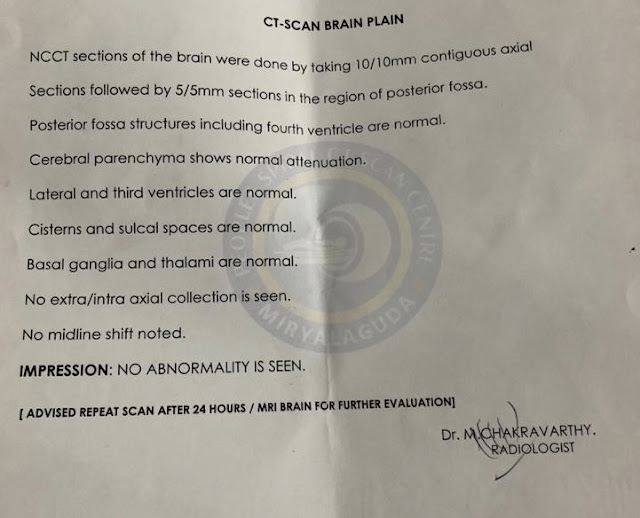Biweekly assessment
1) Anatomical diagnosis -Kidney Or Cardiac Or Liver Etiological diagnosis - ?? Nephrotic syndrome secondary to the diabetic nephropathy or chronic kidney disease
2)Reasons for
I) Azotemia : impaired renal excretion of urea and creatinine secondary to CKD.
II) Anemia : decreased erythropoietin.
III) Hypoalbunemia: capillary basement membrane and podocytes damage.
IV) acidosis: acidification of urine is lost.
3) Rationale : syp potchlor was given because of the hypokalemia.. Inj. NaHCO3 was given because of metabolic acidosis ..Insulin and antihypertensives are given because known case of DM and HTN. Orofer XT was given because of anemia.. Inj. Lasix was given to decrease her volume overload. Spironolactone was given it was a potassium sparing diuretic.Calcium was given to the patient because of hypocalcemia secondary to CKD. Indications of NaHCO3:metabolic acidosis in cardiac arrest, Tricyclic antidepressants, aspirin and phenobarbitone overdoses, Hyperkalemia, Crush injuries, C/I in certain conditions because of adverse reactions like Hypernatremia, metabolic alkalosis, cellulitis, seizures, Tetany, sodium retention, peripheral edema.
4) indication of dialysis in this pt: worsening of SOB secondary to metabolic acidosis with Anuria not resolved with high ceiling diuretics.Crucial factor: pt became symptomatic on 3rd day
5) Causes of same condition : primary : Minimal change disease, Focal segmental glomerulosclerosis, Membranous nephropathy. Secondary : DM, SLE, HIV , Viral hepatitis, malaria, amyloidosis, Sarcoidosis, Drugs : Nsaids, gold, pencillamine Cancer: Hodgkin's and non Hodgkin's, solid tumours of GIT, RCC and lung.
6)expected outcomes of ckd patients depend upon age,genes,associated co morbidities . This patients condition may deteriorate due to pleural effusion
https://www.ncbi.nlm.nih.gov/pmc/articles/PMC5261605/
7)association of ckd with hrpef
Activation of raas system
Anemia
Hypercalcemia
Hyperphosphatemia
Uremic toxins .these critically discuss the potentail contribution to coronary dysfunction, left ventricular stiffening and delayed left ventricular relaxation
8)mean Hemoglobin levels,before and after study,in rhuepo group we’re 8.85+ or - 1.01g/do and 9.90+ or - 0.29 g/dl,respectively(p less than 0.001) and in control group were,9.00+ or -g/dl and 7.81 + or - g/dl,respectively
https://www.ncbi.nlm.nih.gov/pmc/articles/PMC4293514/
9)Anaemia contributes to the impairment of health-related quality of life (HRQoL) in patients with CKD [7]. Its impact on patients’ HRQoL burden is exacerbated by reduced physical capacity and energy levels among these patients.
10)Malnutrition is an important complication in CRI patients and ESRD patients on dialysis. SGA is a reliable method of assessing nutritional status. Most important is the fact that it can detect the changing trend of nutritional status, which may be missed by one-time anthropometry and biochemical methods.
11)this 58M had history of fever with cought and elevated tlc with indiacates renal acute kidney injury.As well there is no albuminuria,no edema
In 45M had had pedal edema ,facial piffiness,abdominal distention,anuria with clearly indicates nephrotic nephritic syndrome.and investigations showed that there is microalbuminuria,micro haematuria.Therapy in is patient
Etilogy of renal failure in 58M could be fever associated with cough which might have increased leucocyte count and caused renal aki



Comments
Post a Comment